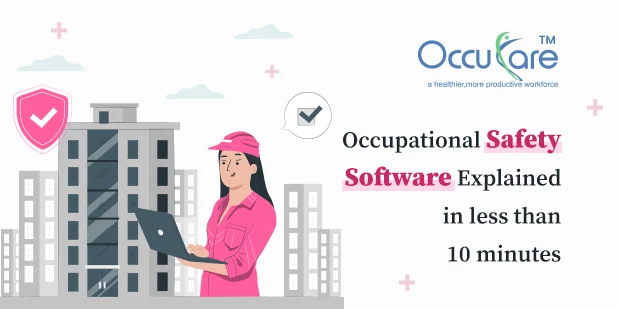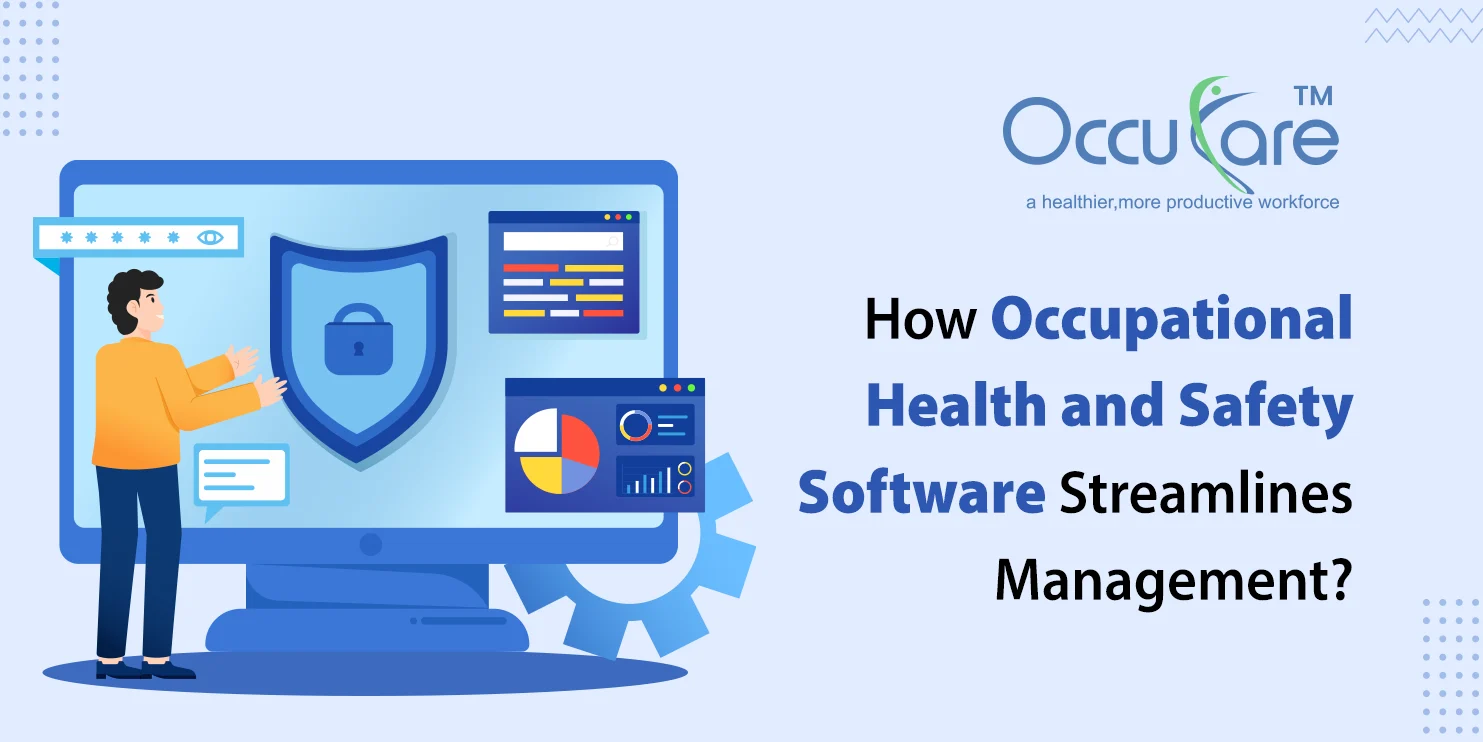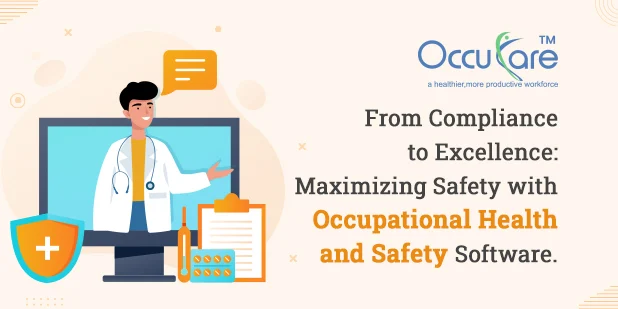With the help of Occupational Safety and Health Software, essentially anything related to your occupational health and safety management system can be tracked, measured, audited, and reviewed with absolute ease and comfort. You’ll be operating with a complete solution in a matter of short days.
Let’s try to comprehend the fundamental operation of occupational safety software. An important part of operating a business is managing safety. Some important factors mandated in Occupational Safety Software are as follows: –
Initial Incident management
To keep the hazards in the workplace under control, software should monitor the results of the countermeasures that have been taken. Analyzing incidents as part of the monitoring process will help to make sure that any necessary corrections are made, knowledge is shared, and enhancements are made.
By following these procedures in the Occupational Safety Software, teams may efficiently respond to situations and make sure that no part of the incident is missed: –
1. Incident Team Formation: – Team formation is the first step in incident management where one team is created to investigate the incident. To review the investigation, reviewers’ info is also added in this step. Escalation information is also added in this stage.
2. Problem Description: – In this stage, the team tries to comprehend the problem such as How the incident occurred, who was the responsible person, when it occurred, where it occurred, and so on.
3. Containment Action: – In this stage, based on the problem description, a responsible person is assigned to take action against the incident and a target date is assigned to make sure that the action has been taken within the given timeline. If the action is not taken on or before the target date then it must Auto escalate to the concerned person.
4. Root cause Investigation: – In this stage, the root cause of the incident is investigated. Such as what could be the probable cause of the incident, how it occurred, and why it was not identified in the initial stage.
5. Root Cause Validation: – Based on the 5th stage, root cause investigation is validated by the concerned person in this stage. And also determine how the previous stage has been checked or validated. After validating the previous stage, the team can perform a why-why analysis on the root cause such as why and how it can be prevented and so on.
6. Implement Corrective Action: – Now after finding and validating the root cause, the team will define the corrective actions to be taken so that the incident never occurs in the future. In this stage, the team can define the target date of the corrective action to be taken and also assign responsible employees for the implementation of the corrective action.
7. Corrective Action Validation: – In this stage, verified employees are defined from the same team who is investigating the incident and the verification date is also defined to verify the Implementation of the corrective action.
8. Prevent Occurrence: – This is the second last stage of Incident management where all the necessary documents can be updated to prevent the incident from occurring in the future. Training is provided to the team to make sure that the team will check the feasibility of the horizontal Deployment. And again, the responsible employees are added with a given timeline to validate the deployment of the actions and the team.
9. Team Recognition: – This is the final stage of the investigation where the team shares the lessons learned from the investigation and Team recognition is determined.
Observation
Observation is the second most important module in Occupational Health and Safety Software. To maintain safety in the organization, it is very important to maintain a safety policy in the organization.
In case of any safety violation done by the employees, the observation is reported by defining the actual violation and place, and a responsible employee is assigned to take action on the same. If the action is not taken on the given timeline, it will be auto-escalated to higher management.
Responsible Action
Based on the Incident investigation and the Safety Violation reported, responsible action must be taken from this module. The responsible employee will get the list of Observations and investigations. Status can be made closed after taking the necessary action in or before the given Target date.
Injury management
When it comes to managing the Health and safety of the employees, it is very important to keep track of injuries.
Minor and major injuries that occurred in the organization can be managed by noting the time of the incident, the date of the incident, and all the relevant details.
If the injury is major then it will be defined as reportable to the government Authorities. Injuries can be managed during OPD and can be tracked in the safety module.
Work Permit
A work permit is formal documentation that certifies certain work to be performed in a selected area for a particular amount of time. The use of permits helps to control and organize work to ensure and keep safe working
environments.
Here are some examples of organizational permits that are routinely renewed:-
- Permit for Underground work.
- Permit for Hot Work.
- Permit to Work at Height.
- Load lifting.
- Arc Flash Permit.
A formal template is designed for a work permit in various fields and employee has to go through the examination before working in a hazardous environment. Once the employee has undergone the examination, the request will be raised to the higher management to approve the permit. Management will now approve, reject or extend the permit based on the health conditions and training of the employees.
HIRA (HAZARD IDENTIFICATION & RISK ASSESSMENT).
A perfect Occupational Safety Software must provision of “Hazard Identification and Risk Assessment (HIRA)”. As Per the Occupational Health and Safety Act of 1993, HIRA was imposed legally on employers.
The purpose of the (HIRA) is to identify and assess the risk involved in project development and, as a result, to control the risk by putting hazard mitigation measures in place before the work is started to prevent incidents. HIRA gives you the ability to go beyond being simply reactive.
Asset Management in terms of Safety
A crucial first step to developing an accurate asset valuation and, consequently, complying with all national and international legislation is to start working on the control and inventory of the assets from the outset. The correct tracking of assets utilized for safety is required. The Occupational Safety Software must include an appropriate usage analysis of the assets.








